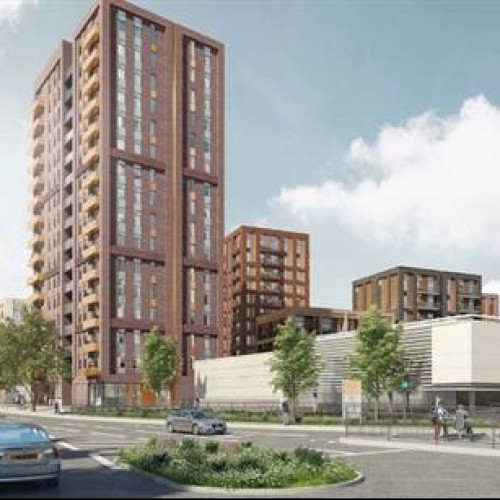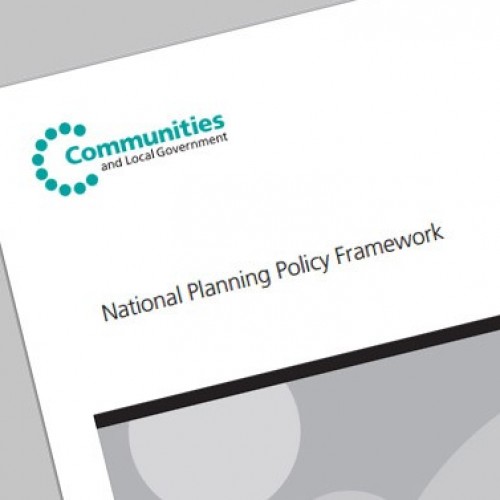
Inspector rules Flat cannot be let year-round on Airbnb
06/12/2018
Permission granted for 505 units in north London scheme
11/13/2018The much-anticipated revised National Planning Policy Framework (NPPF) has finally been published with an increased emphasis on high-quality design – but there are concerns the new framework will put planners under ‘significant pressure’.
Housing secretary James Brokenshire said the latest framework will make it easier for planning authorities to challenge poor quality and unattractive development. In particular, it stresses that councils “have the confidence and tools” to refuse applications when the development does not prioritise design quality or complement its surroundings.
The new framework also aims to give communities a greater say in the design of developments. Councils are encouraged to make use of “innovative visual tools” to promote better design and quality and allow residents to see schemes before they are built.
Adopted neighbourhood plans should “demonstrate clear local leadership in design quality, with the framework allowing groups seeking such plans to truly reflect the community’s expectations on how new development will visually contribute to their area”.
Councils will have to apply design policies “in the most appropriate way in their area, recognising that they are well placed to know their area’s unique character and setting”.
“I am clear that quantity must never compromise the quality of what is built, and this is reflected in the new rules,” said Brokenshire.
Local authorities are urged to “exhaust all other reasonable options for development” before considering altering a green belt boundary. It stresses that “considerable evidence” would be needed to alter any such boundary. The framework confirms the housing need methodology set out last year for calculating housing need across different forms and tenures based on a wide range of factors including affordability.
From November 2018 councils will have a Housing Delivery Test focused on driving up the numbers of homes delivered in their area, rather than how many are planned for. This will penalise councils that under-deliver over three years. The frameworks also aims to provide further protection for biodiversity by aligning the planning system more closely with Defra’s 25-year environment plan. It stresses greater importance on air quality when deciding applications and offers more protection for ancient woodland and trees. The revised document replaces the previous NPPF published in March 2012.
The RTPI’s response was not very positive. They believe the new NPPF will put local authority planners under “significant pressure”. The RTPI calls for council leaders and senior managers to recognise this by increasing the resources available to planning teams. There are other stakeholders who also believe the new NPPF will harm the plan-led existing planning system and will lead to most local plans being out-of-date within 24 months.
4D Planning’s view is that the new NPPF is a positive move in the right direction and will help protect the character and visual appearance of neighbourhoods, buildings and require developers to consider all options before proceeding with a development. At the same time 4D Planning is concerned that the new guidelines will encourage additional red tape and make it harder for developers and applicants to apply and obtain planning permission. The cost of obtaining specialist reports, surveys and the lengthily delays by planning officers will be bad for the planning system and the economy. Additional measures should be taken to make the planning process a lot smoother and transparent.
Please get in touch by calling: 02031500183 or email enquiries@4dplanning.com




